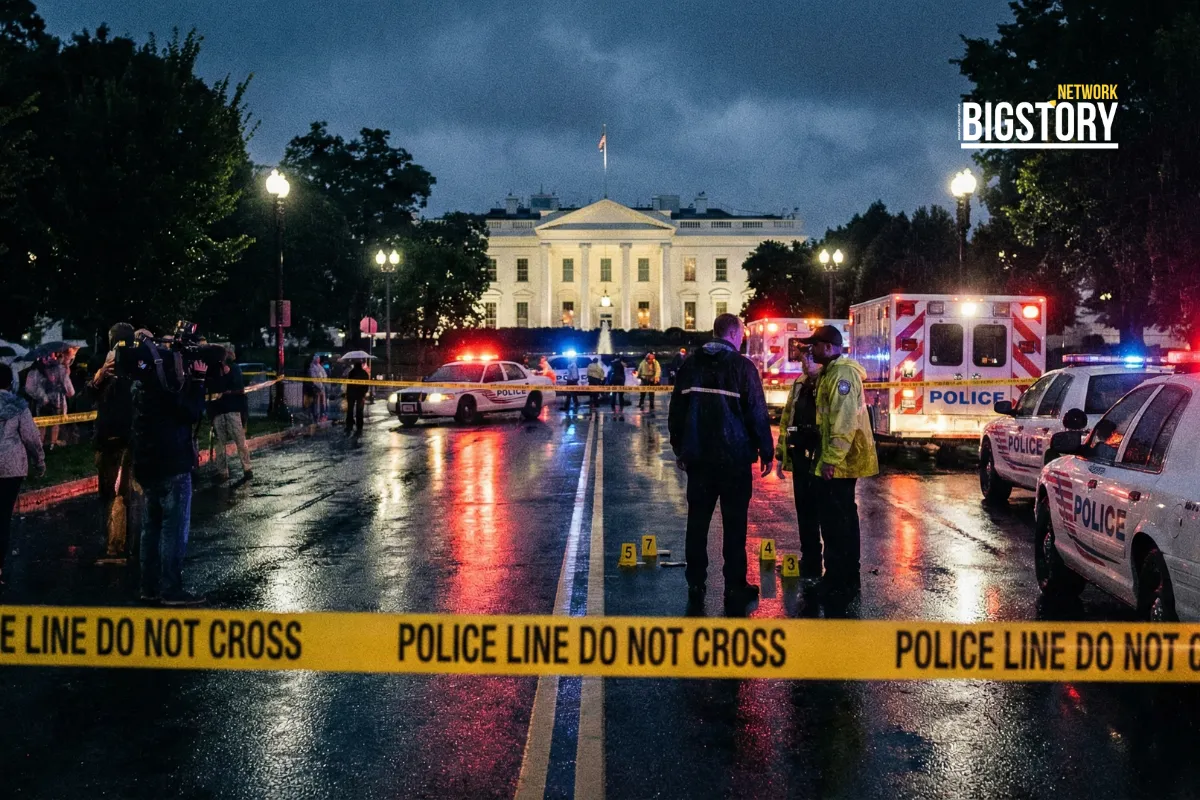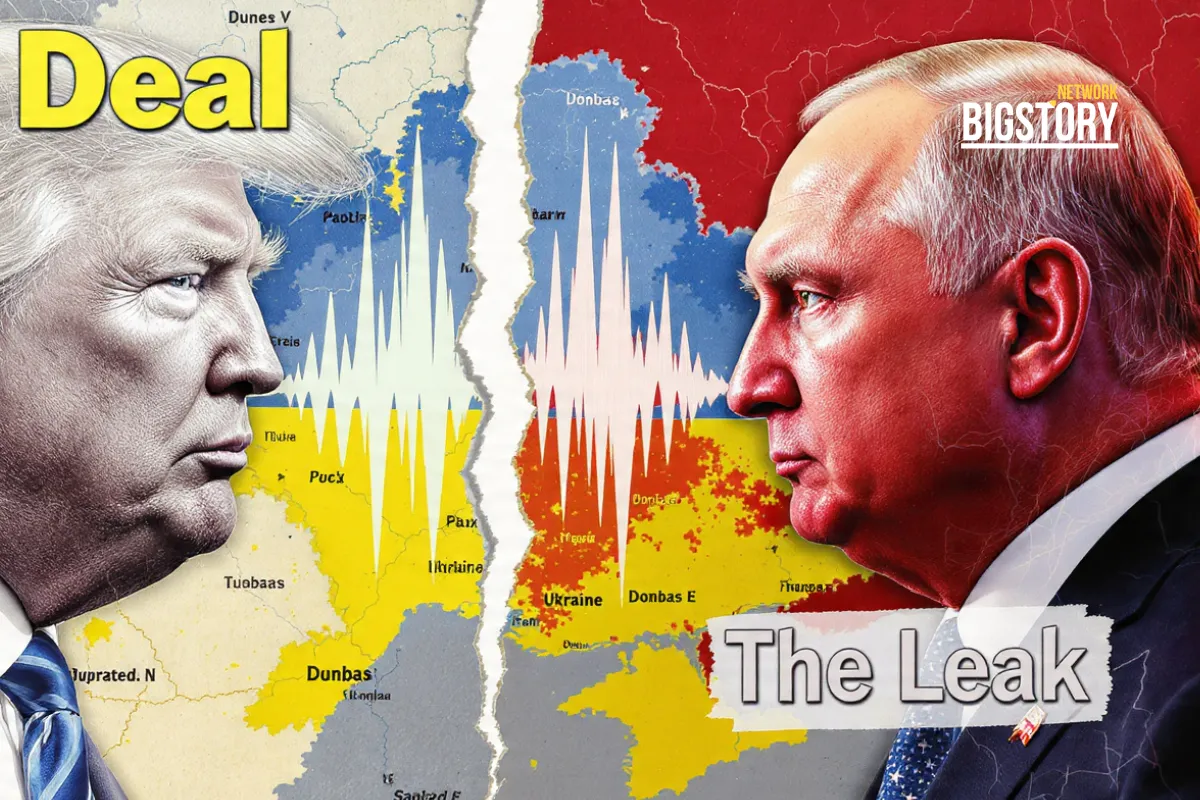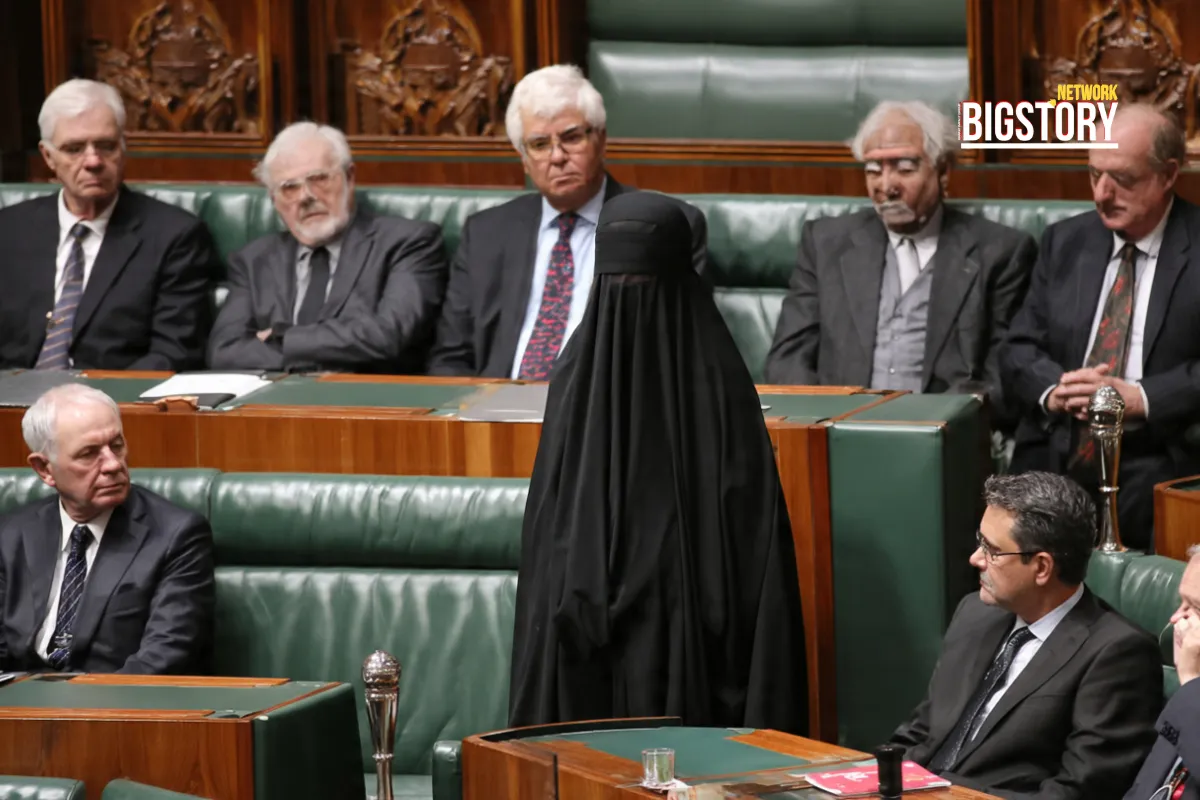Trump lists 23 drug-transit nations, labels five as “failed,” sparking Colombia clash, China fentanyl focus, and India’s drug transit scrutiny.
 Sseema Giill
Sseema Giill
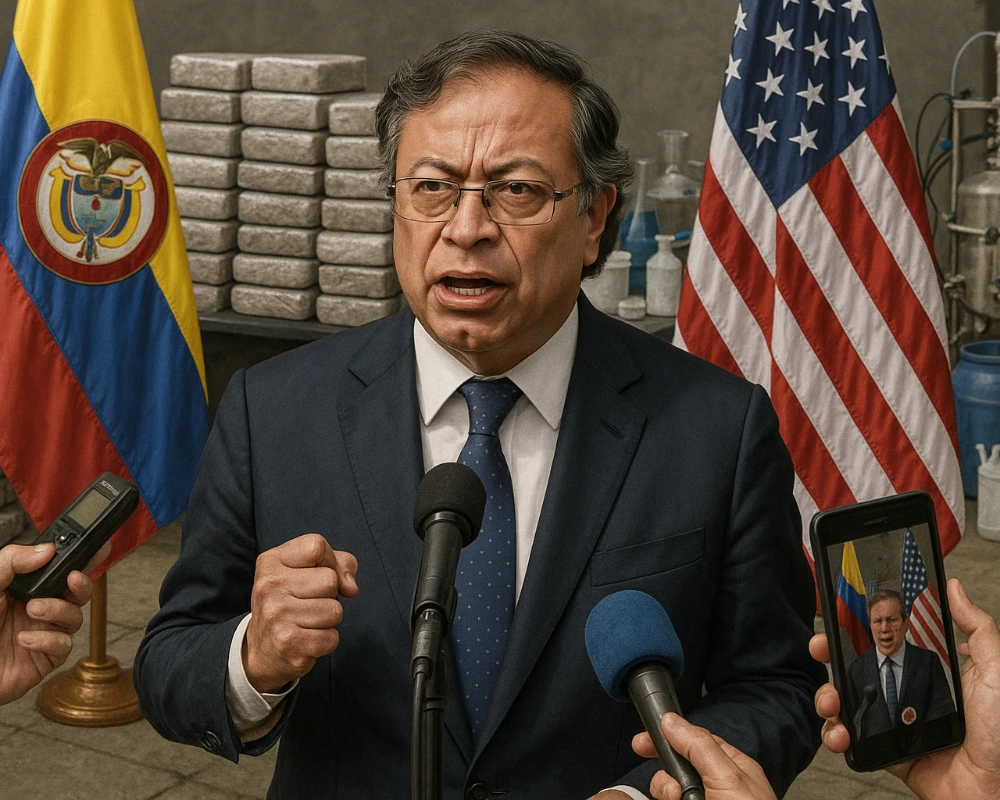
What began as a routine Washington filing quickly rippled across the world. In mid-September 2025, President Donald Trump submitted his annual counternarcotics determination to Congress — naming 23 nations as either major drug transit or major illicit drug producing countries. While the list is updated every year, this one stood out. Trump labeled Afghanistan, Bolivia, Burma (Myanmar), Colombia, and Venezuela as nations that had “failed demonstrably” to meet international counternarcotics obligations.
The move, disclosed between September 15 and 17, triggered immediate controversy — especially in Latin America, where Washington’s judgment carries both diplomatic weight and the threat of U.S. aid restrictions.
Donald Trump said: “Colombia has allowed coca and cocaine production to surge. If we do not see progress, U.S. assistance will be reconsidered. China, too, must be held accountable for sending the chemicals that poison our communities.”
Gustavo Petro, President of Colombia, said: “This so-called decertification is unfair. Colombia has made record seizures and dismantled hundreds of laboratories. We are doing more than ever — but instead of recognition, we are punished.”
Regional reactions grew louder. Cuba’s delegation at the UN said: “The United States continues to militarize our region under the pretext of counternarcotics. This only destabilizes Latin America further.”
The political fallout from Trump’s list is significant. For “failed” countries, U.S. development and security aid could now be restricted, striking at budgets already stretched by internal crises.
For Colombia, the designation risks undermining decades of military and intelligence cooperation that had been cornerstones of Plan Colombia and subsequent partnerships. Petro’s rejection of the U.S. verdict has already led to discussions about reducing arms purchases from Washington, fueling uncertainty in bilateral ties.
For Venezuela, Trump’s dramatic strike claim added fuel to tensions, with critics warning that militarized actions could escalate into broader conflict.
On the global stage, the focus on China’s chemical exports folds narcotics into the larger U.S.-China rivalry, giving Washington a new pressure point in trade and security talks. Meanwhile, other listed nations like India and Pakistan are under scrutiny for their role in trafficking routes — highlighting how the narcotics fight is no longer just a Latin American issue but an interconnected geopolitical challenge.
India’s appearance on the list raised eyebrows at home, but U.S. officials stress that its inclusion is based on geography and trafficking vulnerabilities. India’s long coastline, busy ports, and proximity to the Golden Crescent (Afghanistan, Pakistan, Iran) and the Golden Triangle (Myanmar, Laos, Thailand) make it a natural transit hub for narcotics and precursor chemicals.
Yet, India has been actively working to recoup its image and tighten enforcement:
This duality — being both a pharmaceutical powerhouse and a vulnerable transit zone — explains India’s inclusion, but also sets it apart as a country actively seeking to turn the label into an opportunity for stronger global partnerships.
Q1: What is the U.S. counternarcotics determination?
It is an annual report submitted by the U.S. President to Congress, identifying countries considered major drug transit or drug producing nations. It also specifies which nations have “failed demonstrably” to cooperate with U.S. counternarcotics goals.
Q2: Which countries did Trump say “failed demonstrably”?
Trump named Afghanistan, Bolivia, Burma (Myanmar), Colombia, and Venezuela as nations that failed to meet counternarcotics obligations in 2025.
Q3: Does being on the list mean the U.S. cuts all aid?
Not automatically. Placement on the “failed” list can trigger restrictions on certain types of aid, but the U.S. President has authority to waive those restrictions for national security reasons.
Q4: Why was Colombia singled out despite cooperating with the U.S.?
Trump criticized Colombia for a surge in coca cultivation and cocaine output. Colombian President Gustavo Petro rejected this, citing record seizures and dismantled labs, arguing that Colombia was unfairly judged.
Q5: Why is India on the list?
India was included due to its geographic position near major narcotics routes (Golden Crescent and Golden Triangle) and vulnerabilities linked to precursor chemical diversion. However, India has stepped up enforcement, record seizures, and international cooperation to address the issue.
Q6: What was Trump’s claim about Venezuela?
Trump said U.S. forces destroyed a Venezuelan drug vessel, killing three people. While he shared a video, Reuters and other outlets could not independently verify it.
Q7: How does China figure into this report?
Trump accused China of being the main source of precursor chemicals for fentanyl and nitazenes, synthetic opioids that have driven U.S. overdose deaths.
Q8: What are the broader geopolitical implications?
The report has strained U.S. ties with Colombia and Venezuela, fueled debate on U.S. militarization in Latin America, and added a new dimension to U.S.-China tensions by spotlighting chemical precursor flows.
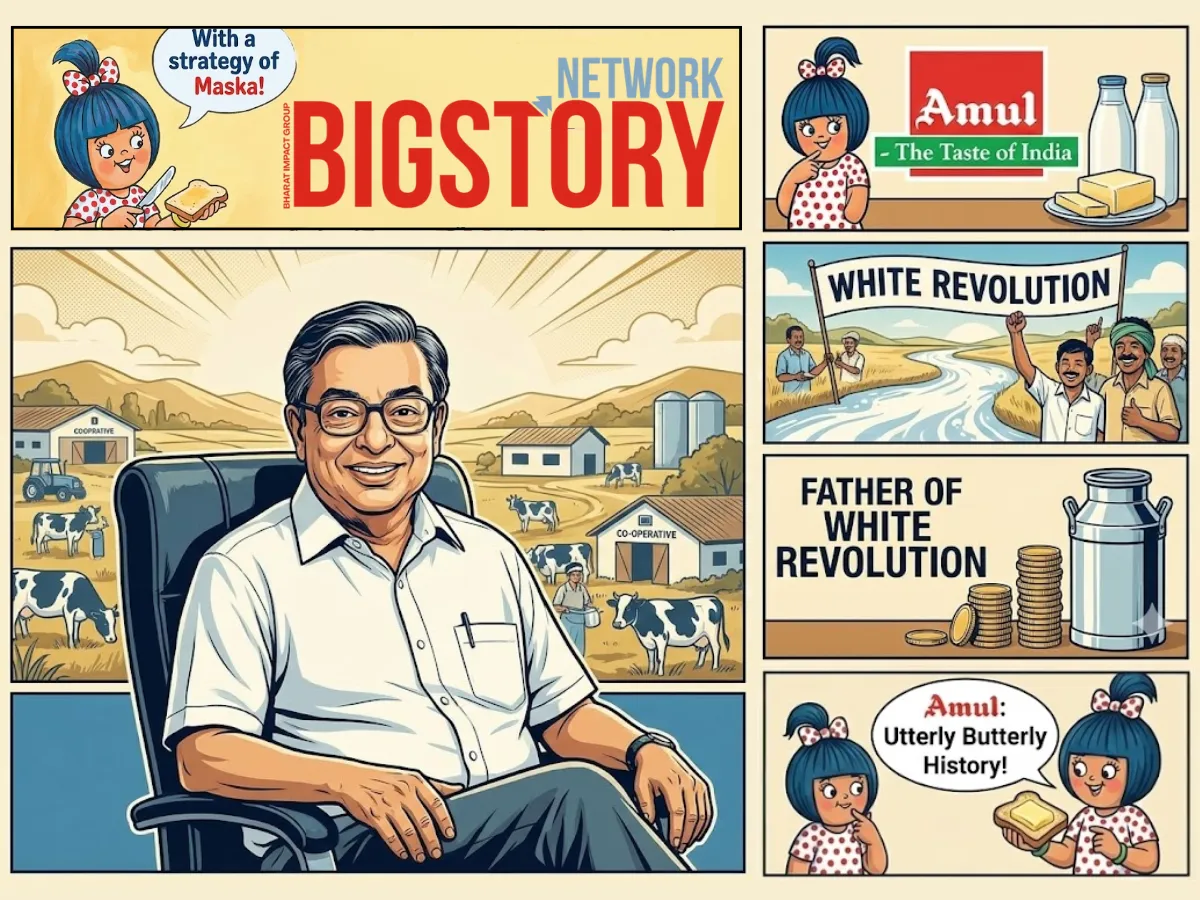
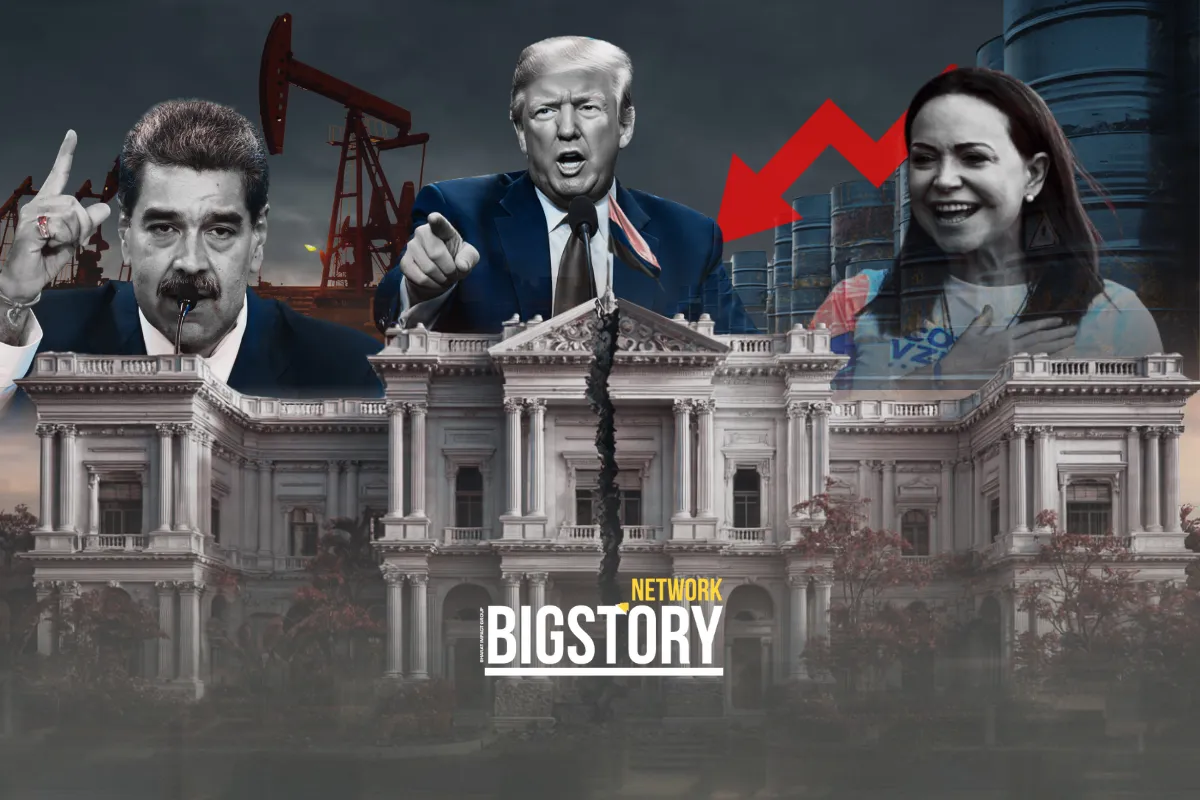
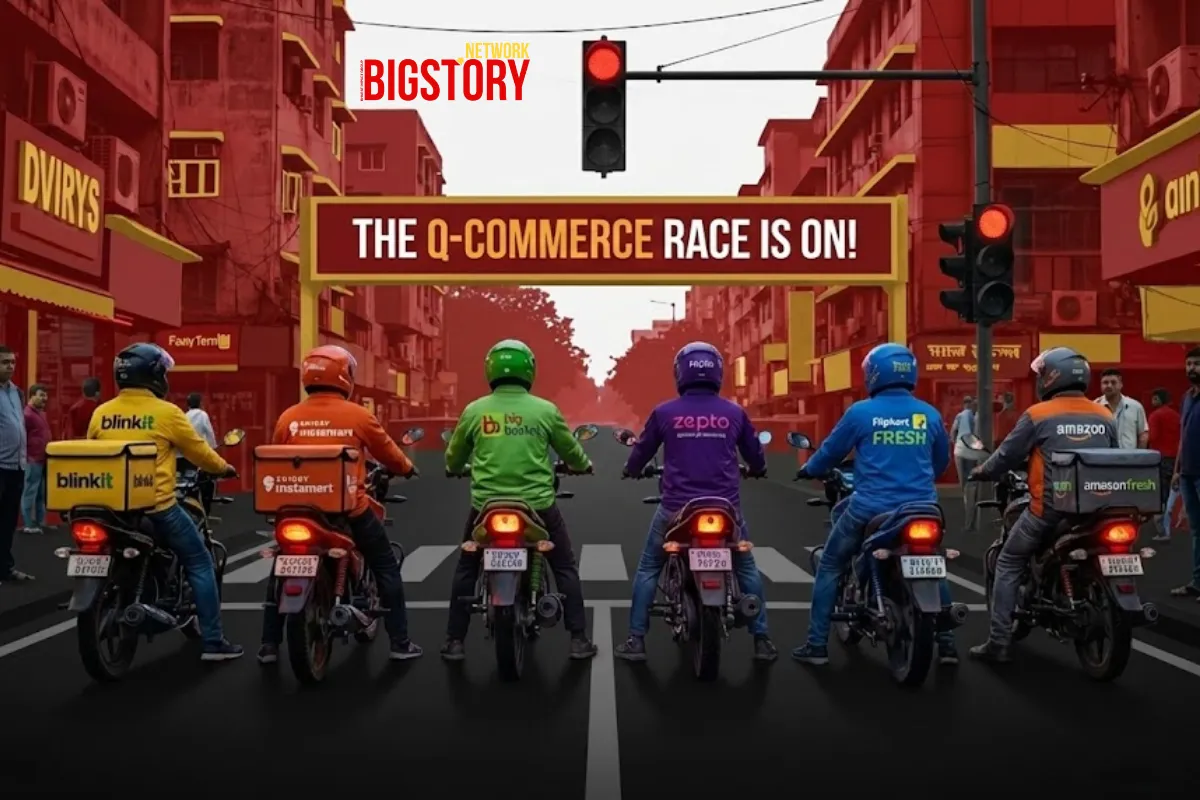
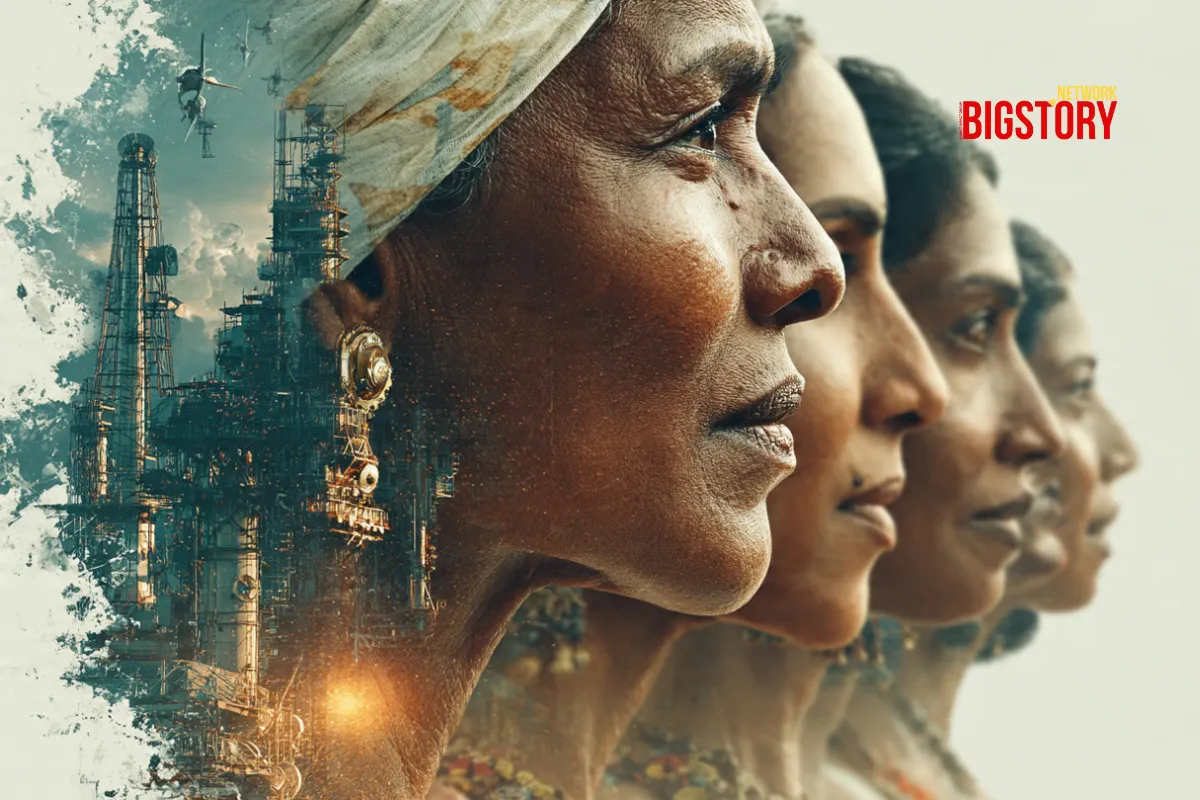
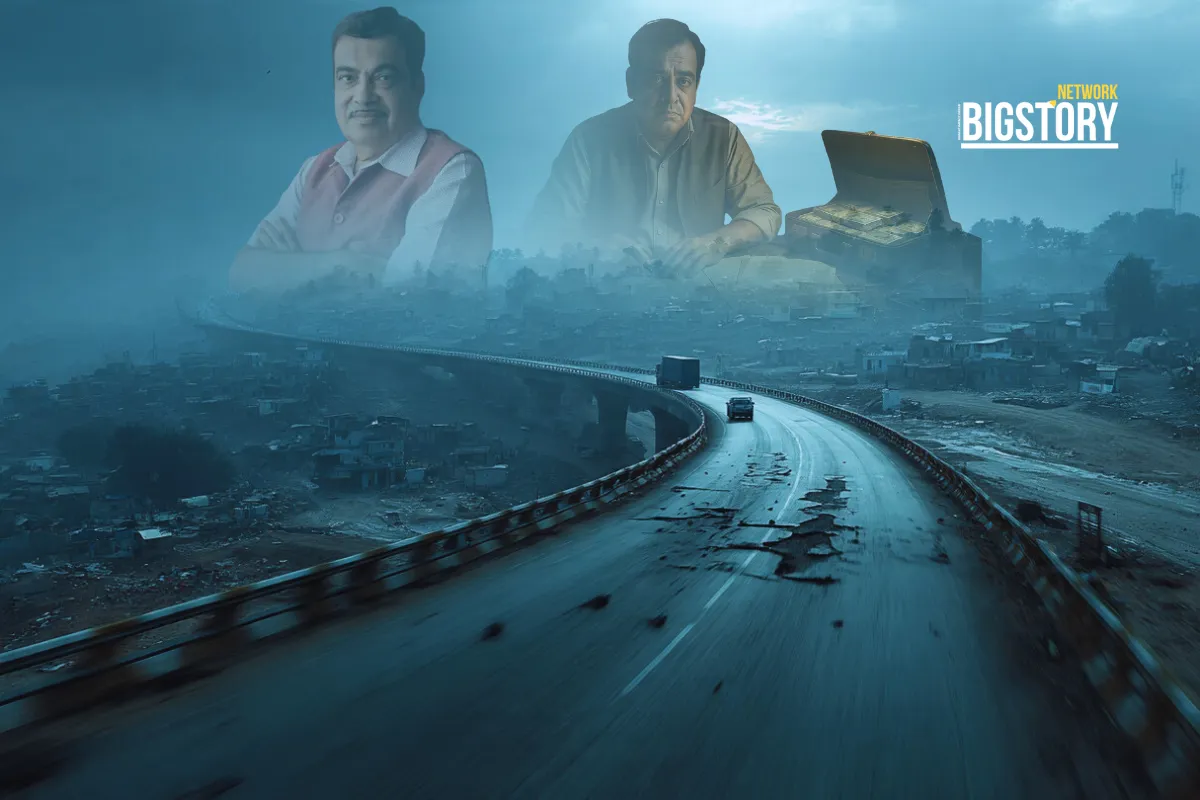
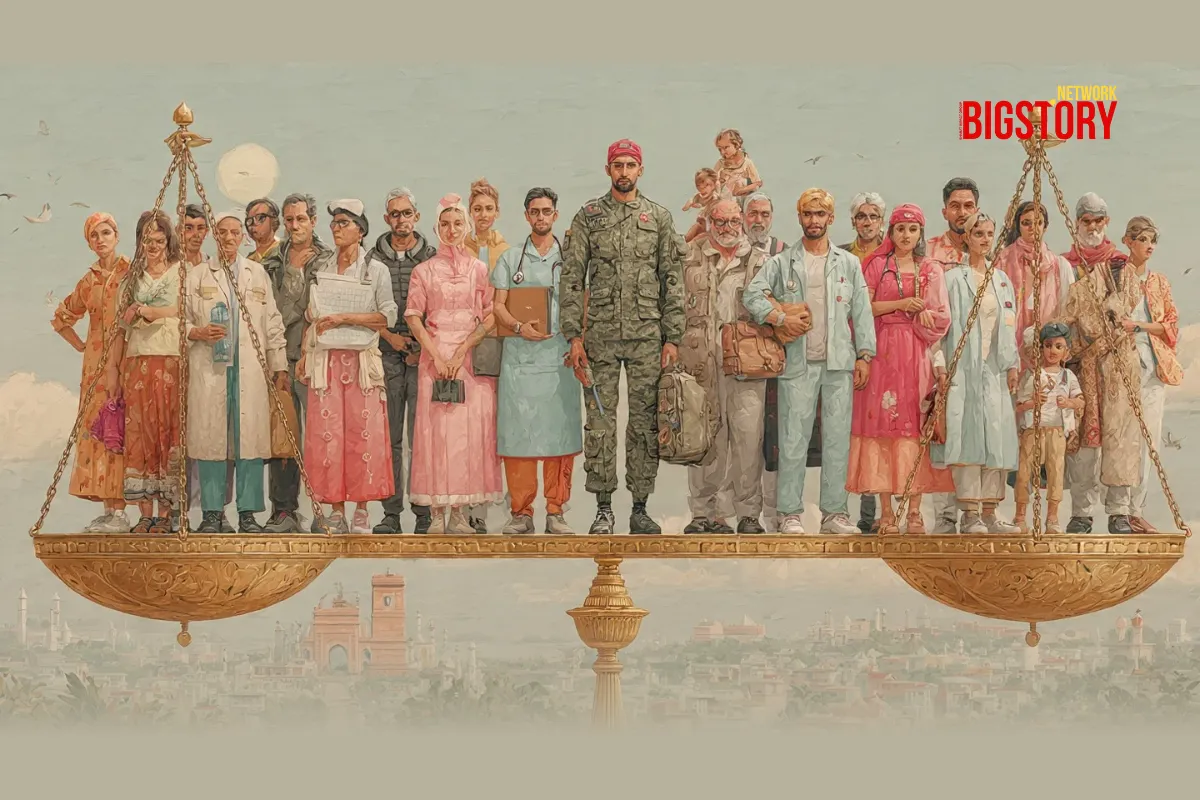
Sign up for the Daily newsletter to get your biggest stories, handpicked for you each day.
 Trending Now! in last 24hrs
Trending Now! in last 24hrs
